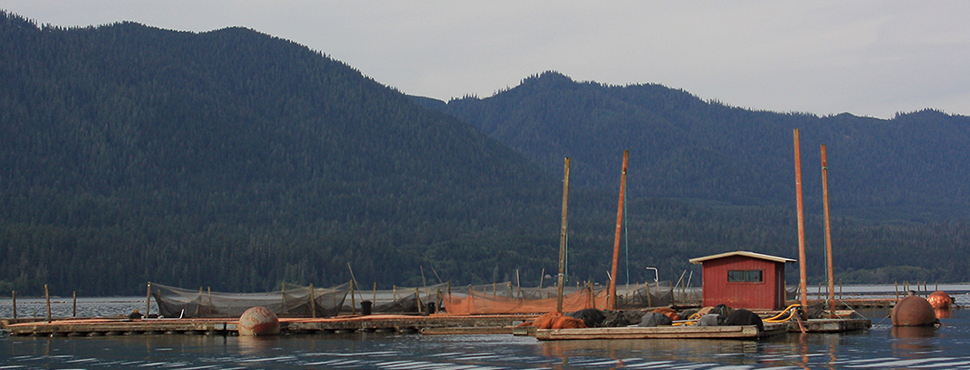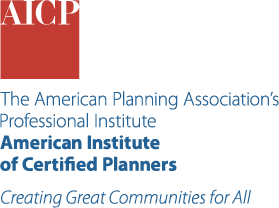Equity in Practice
Quinault Indian Nation Engages in Multi-Year Effort to Move Village to Reduce Flood Risk

summary
- The village of Taholah, in Washington's Olympic Peninsula, has faced recurring floods, causing significant damage to homes and infrastructure.
- The Quinault Indian Nation developed the Taholoah Village Relocation Master Plan to relocate the community to higher ground, while maintaining the community's identity and preserving its cultural heritage.
- Relocation of the village is happening in phases due to funding availability, prioritizing essential services and the most vulnerable residents.
The Quinault Indian Nation has lived for countless generations within the coastal rainforests of Washington State's Olympic Peninsula. Spanning more than 208,000 acres and 23 miles of coastline, the Nation is home to a vibrant community, with members of the Quinault, Queets, Quileute, Hoh, Chehalis, Chinook, and Cowlitz peoples. The history, economy, and identity of the Quinault Indian Nation are deeply connected to the surrounding lands and waters, with their ancestral livelihoods centered on fishing and forestry.
Community Problem
For centuries, this geography has sustained the community. Still, today it is a landscape increasingly burdened by risk from climate change. The lower village of Taholah, where the Quinault River meets the Pacific, lies directly within flood and tsunami hazard zones. Rising seas caused by strong coastal storms have breached the sea wall, causing significant damage to homes and infrastructure.
Scientists have issued a particularly sobering prediction: in the event of a Cascadia Subduction Zone earthquake, Taholah will face catastrophic flooding, with the lower village at risk of being hit by up to 40 feet of water. The State of Washington even published an evacuation guide tailored for the town, warning that in the event of a tsunami, evacuation time would be measured in minutes, not hours. Elders and children living in the area are especially vulnerable, since the only highway in or out of Taholah, State Route 109, runs directly through the flood zone, leaving little time or safe ground for evacuation.
Faced with recurring floods and dire warnings of a future tsunami, the Nation was confronted with the critical quandary of how to safeguard both the lives and the heritage of the people of Taholah.
Planning Solution
Recognizing the urgency of the situation, the Quinault Indian Nation took the extraordinary step of planning the relocation of the entire lower village to a new, safer site on higher ground. In 2017, the Quinault Indian Nation developed the Taholah Village Relocation Master Plan with support from the U.S. Administration for Native Americans' SEDS program.
The plan envisions relocating approximately 660 residents from 175 homes in the lower village to a new community on higher ground. The selected relocation area, which spans approximately 207 acres, is designed to accommodate 300 units of housing along with 200,000 square feet of community and commercial facilities.
Tribal planners led a two-year engagement process, including community dinners, door-to-door surveys, and a stakeholder committee, so the plan reflected priorities identified directly by community members. The SEDS grant provided funding for three new staff members to aid in the community engagement effort, all of whom were tribal members or residents of nearby communities.
The Nation's master plan also established a detailed implementation and phasing strategy designed to move the community safely and equitably over time. The first phase prioritizes essential services and the most vulnerable residents, beginning with the WenɑsɡwəllɑʔɑW (Generations Building) to house senior and childcare programs. Later phases will add emergency services, a museum, social service facilities, and new housing, each tied to infrastructure improvements and available funding.
The plan acknowledges the Nation's relative isolation since Taholah sits at the terminus of State Route 109, and calls for redundant power and water systems in the upper village to ensure self-sufficiency in the event of a catastrophic weather event.
The plan further prioritizes upholding the community's identity and preserving cultural heritage. Taholah's relocation is framed as an opportunity to build a community that reflects Quinault traditions and values while protecting future generations.
The community's input emphasized maintaining connections to the ocean, forest, and river, preserving access to native plants for basket weaving and other traditional practices, and creating walkable neighborhoods that support daily interaction among generations. These cultural and design considerations, incorporated throughout the plan's layout, building standards, and landscape design, demonstrate that for the Quinault, climate adaptation is inseparable from cultural resilience.
Outcome
In the years since the Quinault Nation adopted the relocation plan, there has been significant progress. Initial site preparation, road layout, and utility planning have been completed for the upper village, and the Generations Building officially opened in 2021.
Despite this progress, the project remains a long-term effort. It is estimated that the town will need an additional $450 million to fully realize the housing and facilities outlined in the master plan. While the Nation has secured funding through state programs such as the Washington Climate Commitment Act and federal sources, including the Department of Housing and Urban Development's Indian Community Development Block Grant (ICDBG), obtaining and coordinating these funds has proven slow and complex. Federal allocations and administrative transitions have delayed implementation, forcing the project to move forward in phases based on available resources.
While some residents remain in the lower village, where flooding and storm risks persist, the phased approach reflects the Nation's steady commitment to progress and safety. Quinault leaders have emphasized the vital importance of the relocation effort and remain dedicated to seeing it through. Their leadership continues to drive the project forward, with each milestone bringing the community closer to long-term security and cultural renewal. Although the relocation advances gradually as funding allows, the progress achieved so far demonstrates the determination that defines the Quinault Indian Nation's approach to climate resilience.
Considerations for Your Community
The Quinault Indian Nation's relocation is a strong example of how planners can help communities transform climate risk into an opportunity for community renewal. In addition to the Nation's master plan for relocation, the federal government also offers a comprehensive framework for combating climate change with its Climate Resilience Toolkit. Both provide direction for turning your community's vision into fundable, actionable steps.
Projects of this magnitude are no small undertaking, requiring a coordinated and sustained effort that brings together elders, tribal leadership, technical experts, and the broader community. By prioritizing elders, children, and other vulnerable households in the first phase of relocation, the Nation has ensured that those most at risk are the first to benefit from safer housing and essential community services. The Quinault experience shows that inclusive participation is essential to achieving equitable outcomes.
Taholah's relocation to higher ground demonstrates how confronting climate realities can also affirm the right of Indigenous nations to define their own futures. By treating relocation as both a physical and cultural project, the Quinault Indian Nation shows that equity-driven planning can turn vulnerability into an enduring expression of strength, identity, and hope.
Top image: Quinault fish hatchery, August 26, 2009. Photo by Gary Windust, CC BY-ND 2.0.
About the author


